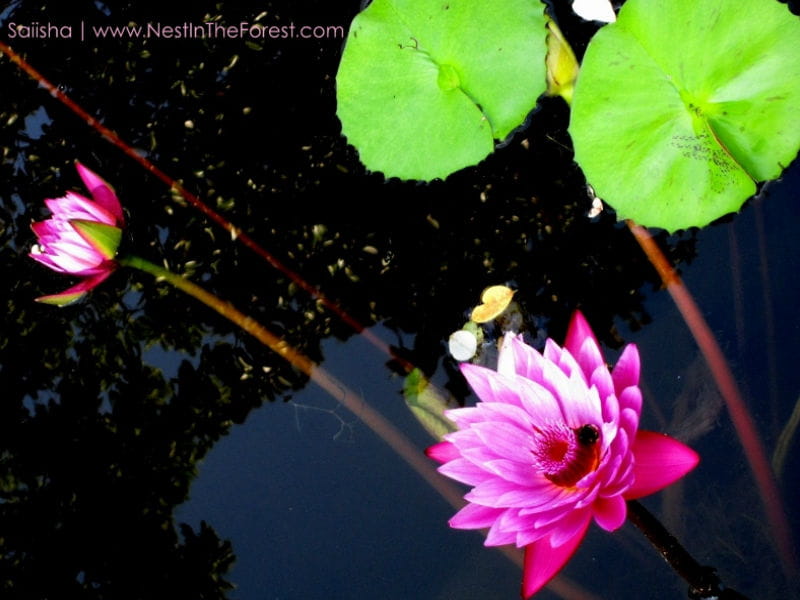
With the high visibility and increasing importance of the highly educated and prosperous community of Hindu Americans in the United States, despite their relatively low population, the Hindu religion too punches much above its weight in the country. Hinduism may be said to be thriving in America, with Hindu temples dotting the length and breadth of the country. These temples are well attended, and can be found brimming with activity, especially on weekends. Here, we discuss the rich and interesting history of Hindu temples in the United States. Do read on.
The history of Hindu temples in the United States begins with the one event that made Americans conscious of and raised awareness about the great religion of Hinduism. Of course, we refer to the incredibly famous speech given by the legendary Hindu saint, Swami Vivekananda at the 1893 - World Parliament of Religions, Chicago. The American public was charmed and completely won over by this extraordinary man, who stressed on the genius of Hinduism, and what made it so special.
The most tangible contribution of the great Swami to the United States, however, was the Vedanta Society, which he set up in New York. This was soon taken to other cities in the United States as well, by his disciples. It was the Vedanta Society that built the very first Hindu temple in the country, the famous San Francisco temple, in 1906. Others followed, such as the Hollywood temple (1938) and the Santa Barbara temple (1956). These were the earliest temples built in the country. The inherent spirituality of Hinduism, rather than rituals, were stressed upon.
The Hindu temples in the United States may be classified into ISKCON temples, favored by Euro-American followers of Hinduism (which had minimal traditional rituals), and non-ISKCON temples (which were more ritualistic), built by recent immigrants to United States from India, which tended to be far more traditional and served as a base for the fast growing Hindu immigrant community to get together establish a sense of fellowship and unity.
Temples were built in all cities in the United States that saw a sizable growth in their Hindu communities, with professionals and business owners making important contributions. The intention was to establish and promote the Hindu culture and religion in the country, and also to provide a sense of belonging to the new generations of Hindus born in the United States. Indeed, the primary motivation for Hindu immigrants to contribute massively towards the building of these temples was to make sure that their children didn't lose touch with Hinduism, its culture and traditions.
The interesting thing about Hindu temples in America is that, unlike in India, they don't have a single presiding deity. A Ganapati temple, for instance, may also have Lord Shiva, Goddess Parvati, Hanuman, Ram and several other Gods. This is important because many Hindus have their own favorite Gods depending on the part of India they originally hail from, and so these temples cater to all Hindus in the country, regardless of whether they are from the states of Tamil Nadu or Maharashtra, Andhra Pradesh or Uttar Pradesh in India. This inclusive approach has paid huge dividends, as it assures Hindus that no matter which temple they visit in the United States, idols of their favorite Gods will certainly be present.
How were these temples built? While the earliest temples were built on land gifted by rich Euro-Americans of other faiths who were attracted by the inclusive philosophy of Hinduism, as the flow of immigration increased and Hindus in the country reached a critical mass, they began contributing as a community, bought land, and started building their own temples. The earliest temples built by immigrants, such as the ones built in the 1970s and 80s, were really modest structures built of bricks, and lacked the grandiosity commonly found in Hindu temples in India. However, as the Hindu community grew bigger, and more prosperous, from the 1990s onwards, lot of money was poured into the construction of temples, and they were quite elaborate affairs.
Expert temple architects and other specialists were invited from India, who imposed exquisite, traditional designs, comparable to the most beautiful temples built in India over the centuries. Elaborate steps were taken, such as the ritual preparation of the land on the building site as per the Hindu traditions. Being the absolute perfectionists that they were, the Hindu community had all the stones used in the construction imported all the way from India, giving the temples a perfectly authentic look and feel of an Indian stone temple. Also, traditional Hindu priests were brought all the way from India to take care of the devotional rituals or the pooja. Finally, after the structures were built and the priests brought, gigantic stone idols of Hindu Gods were brought all the way from India, and a Mahakumbhabhishekam ceremony conducted, and the temples were open for worship.
Some of the most popular temples built this way are the Venkateshwara Temple of New Jersey, the Hindu Temple of Greater Chicago, the Durga Mandir in New Jersey, and many more. In fact, there are over 200 elaborately constructed temples in the United States today, built with great love and care by the Hindu community. These temples are a source of great pride for the increasingly prosperous and thriving Hindu-American community, serving not just as a place of worship, but as a home away from home.

